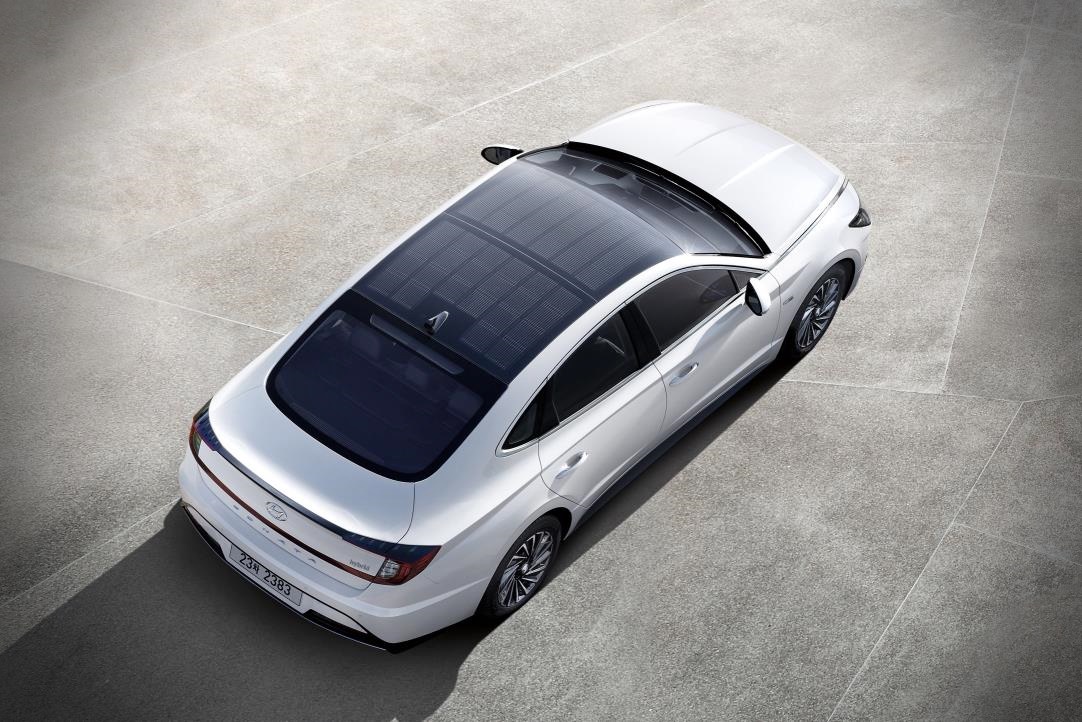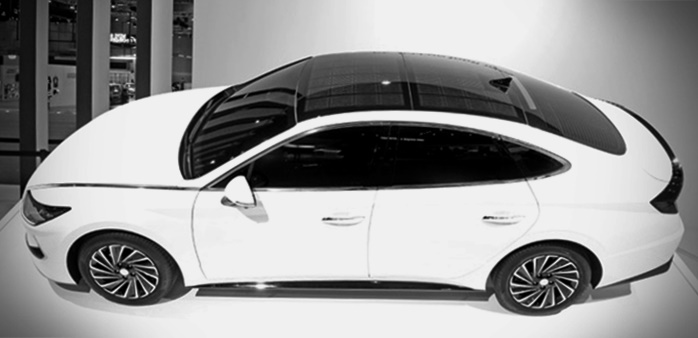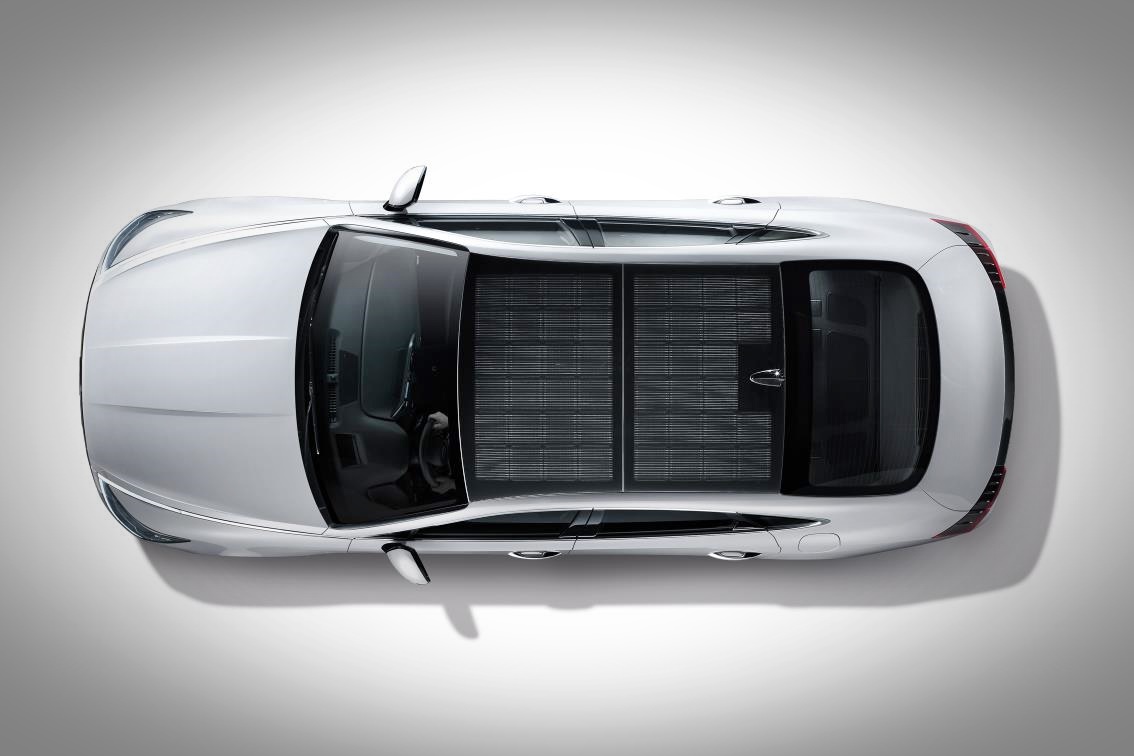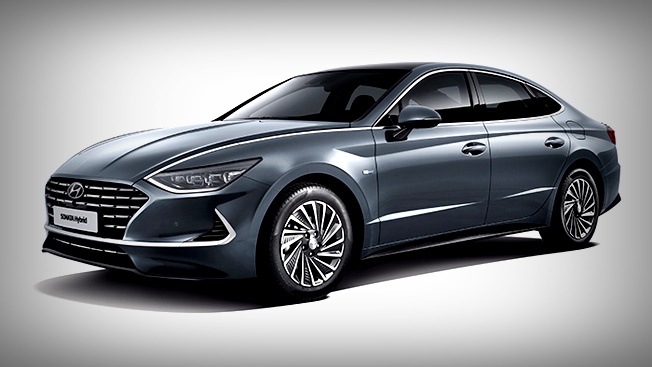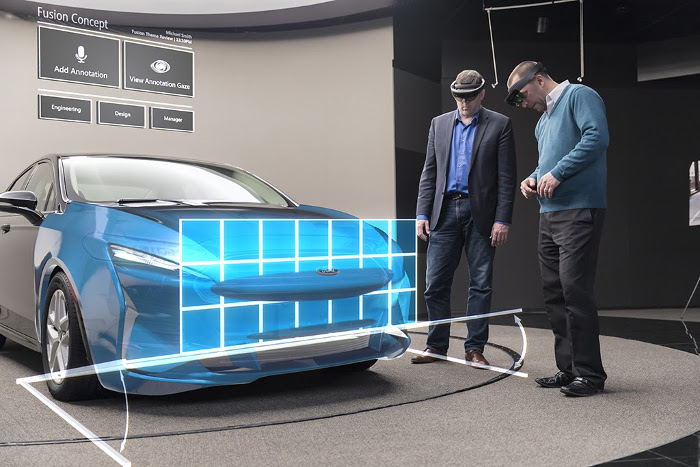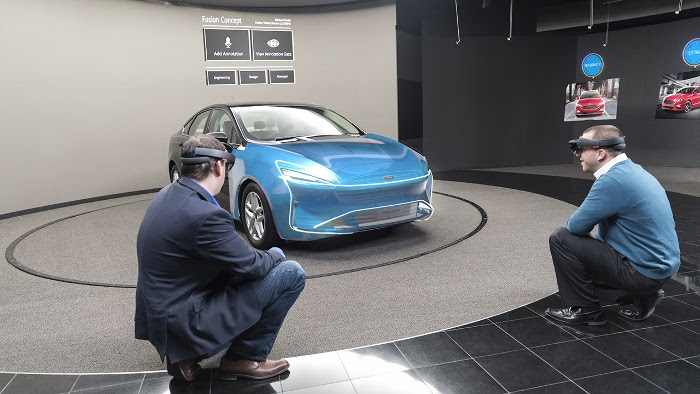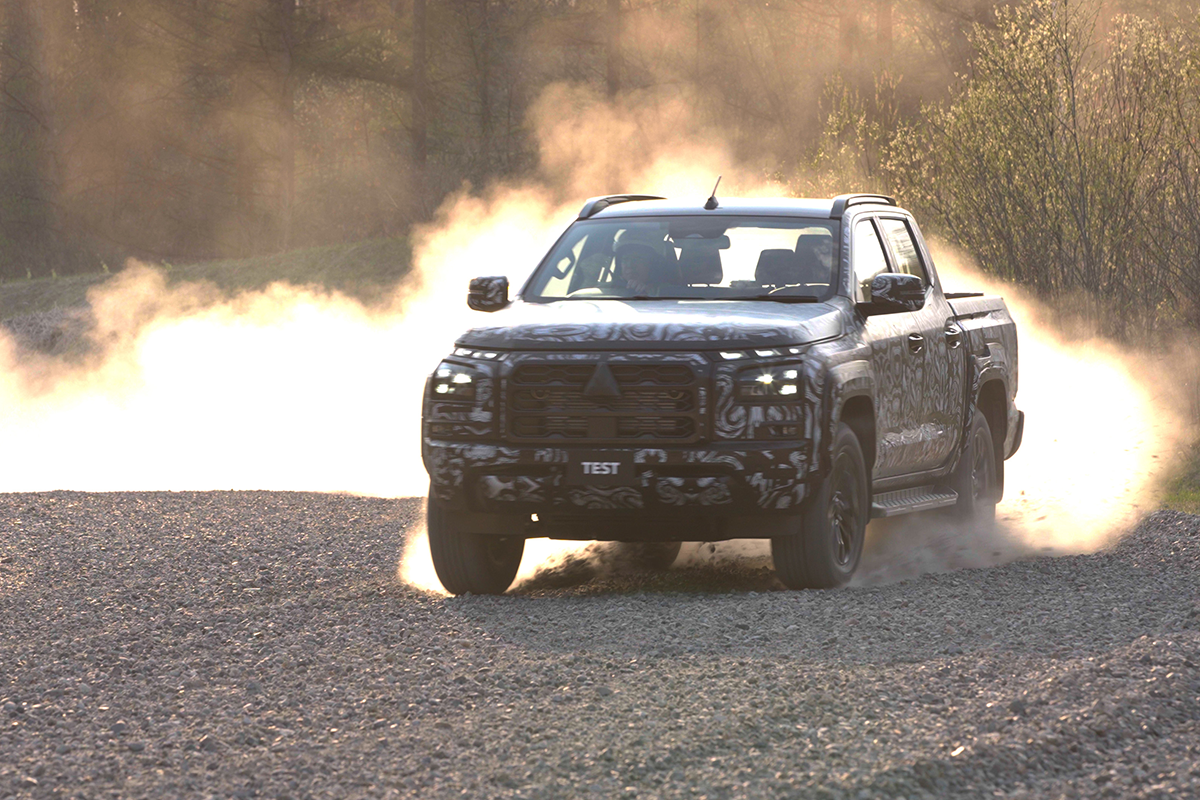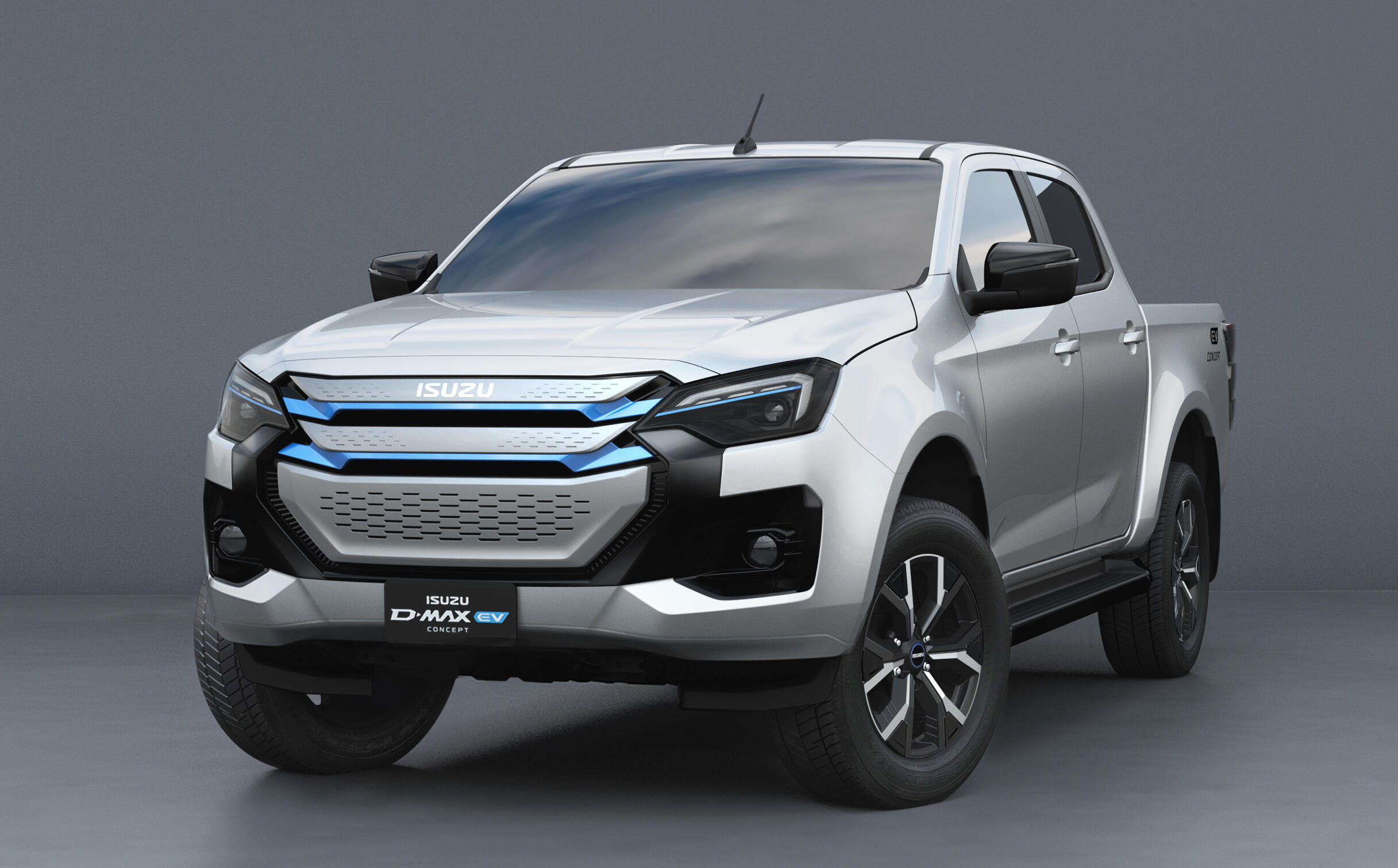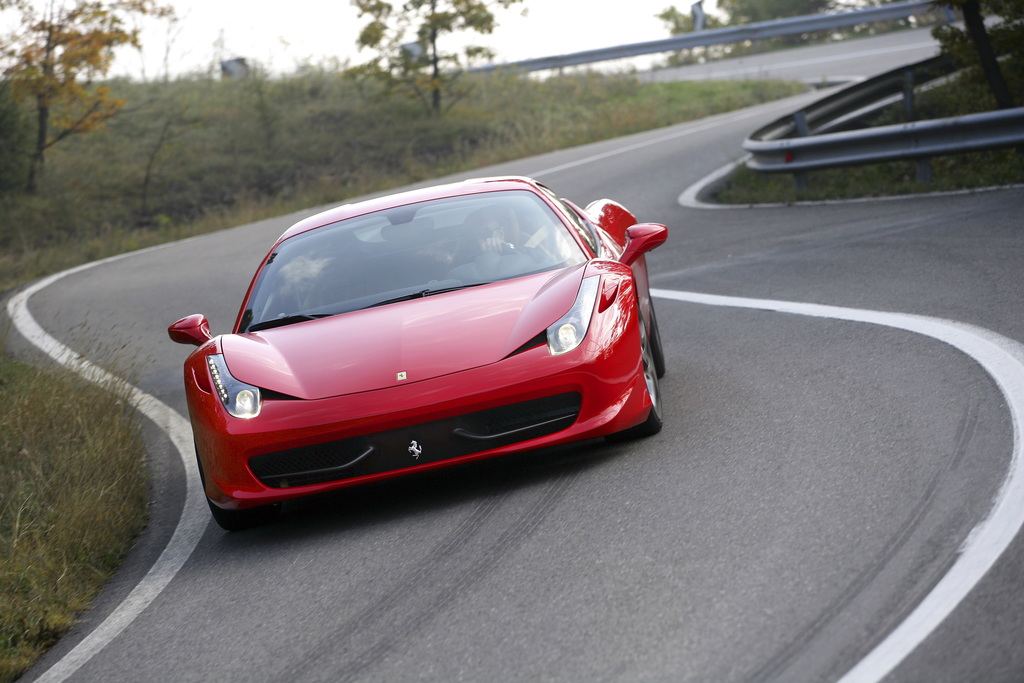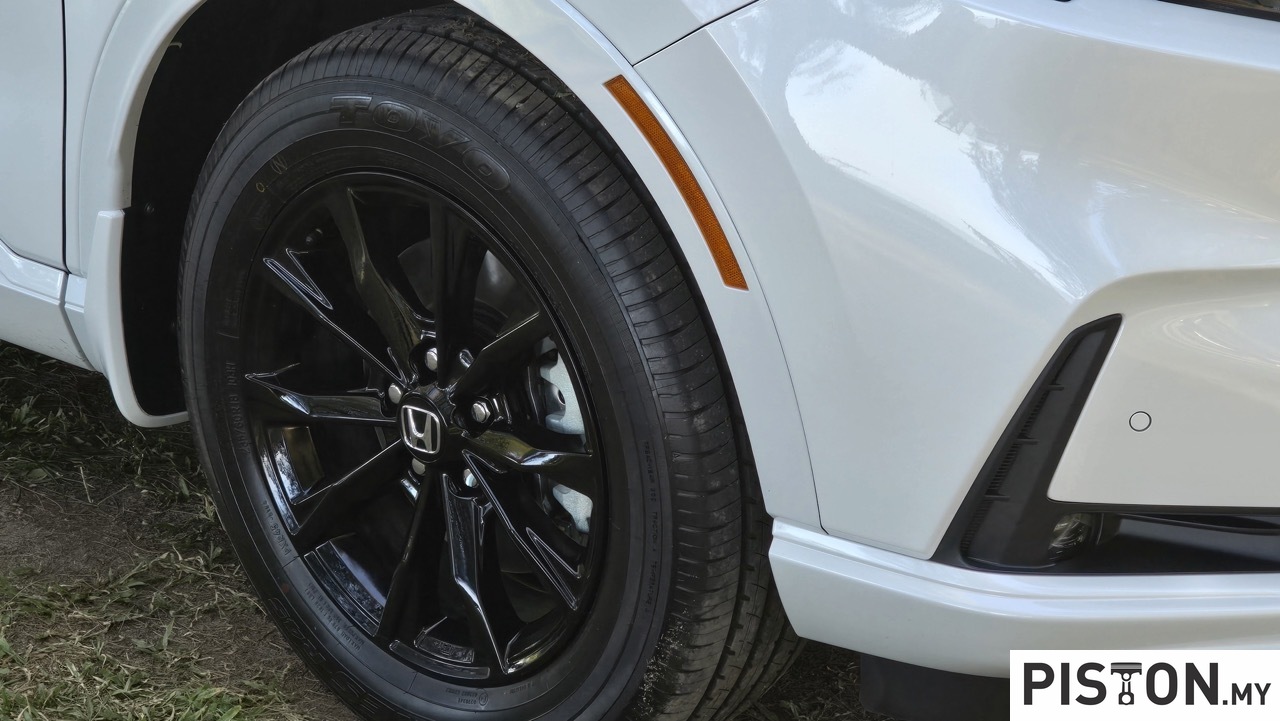The Hyundai Motor Group has launched its first car with a solar roof charging system. It is one of three types of solar roof charging systems the carmaker is developing. This technology will provide vehicles with additional electrical power that can increase fuel efficiency and driving range in hybrids.
The system debuts on the New Sonata Hybrid which is the first mid-sized hybrid sedan in the Korean market with fuel consumption officially rated at over 20 kms/litre. To date, other models in the same segment have achieved 18 kms/litre at best.
The new model also equipped with the world’s first Active Shift Control technology as well as a Smartstream G2.0 GDi HEV engine and 6-speed hybrid transmission. Hyundai’s new model also supports a ‘Digital Key’ function via a dedicated smartphone app.
“Solar roof technology is a good example of how Hyundai Motor is moving towards becoming a clean mobility provider. The technology allows our customers to actively tackle emissions issue,” said Heui Won Yang, Senior Vice-President and head of Body Tech Unit of Hyundai Motor Group.
Adding an extra 1,300 kms annually
The solar roof charging system includes a structure of silicon solar panels that are mounted on the car’s roof. Being able to charge even while driving, the solar roof system can charge 30% to 60% of the battery per day. With 6 hours of daily charging (which can take place while the vehicle is parked), it is expected to increase vehicle travel distance by an extra 1,300 kms annually.
The system is composed of a solar panel and a controller. Electricity is produced when solar energy activates the solar panel’s surface, which converts this energy by using photons of light from the sun. This creates the electron-hole pairs in silicon cells, which generate solar electricity. The electricity from this process is converted to the standard voltage by the controller, then stored in the battery.
Hyundai Motor took not only efficiency but also design into account while developing the charging system. While the solar roof system currently plays a supporting role, it opens up perspectives for vehicles that no longer need fossil fuel to operate, ie pure electric vehicles.
The New Sonata Hybrid has just gone on sale in Korea and will also be available in North America. However, the company says it has no plans to offer it in other markets in the immediate future.
Click here to read other news about Hyundai Motor on PISTON.MY


